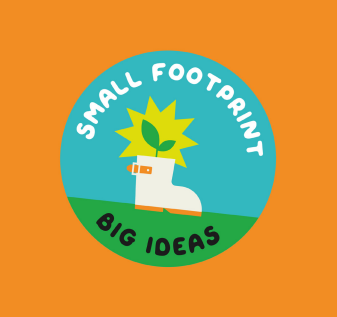Childhood is a magical time filled with wonder, curiosity and a rollercoaster of emotions. As the new school year begins its completely normal for children’s emotions to become heighted – I am currently experiencing this with my four year old, so when I say I get it, I really do. This led me to think it would be useful to share some practical tips and ideas to help navigate these potentially tricky times.
Firstly if we take a moment to step back and really think about what our tiny people’s brains are going through and the potentially massive changes they are experiencing we can start to discover what emotions are driving behaviour.
So let me share some of my top play ideas to help with childhood emotions.
Books, books and more books
One of the best places to start exploring emotions and feelings with little ones is though books – by reading about feeling it shows them that it’s ok to feel the way they feel, this validates them and allows them to explore these ideas in a safe space.
Some of the books I recommend are:
Invisible – Tom Percival
Ruby’s Worry, Ravi’s Roar, Tilda Tries again, Meesha Makes friends – Tom Percival
Tough guys have feelings too – Keith Negley
The Colour Monster and The Colour Monster goes to school – Anna Llenas
Big Feeling – Alexandra Penfold
Emotion Charades: Express and Guess
Start a fun game of game of emotion charades where you and your child make various facial expressions based of different emotions and then you try and guess which one you are acting out. Imagine stamping around with a really cross face, hello anger.
This can always lead onto a deeper conversation about when you or your child have felt those emotions and what you did (good or bad) to deal with that feeling.
Daily Emotions Face
Draw a face on your little one’s bedroom window or a mirror using our Kitpas crayons and ask them each morning to filling in the features, sharing how they are feeling. You could then check back in before bedtime and see if their feeling and emotions are different come the end of the day.
A lovely consequence of this activity is that the kitpas crayons wash off with water, so after a bad day you can simple wipe away that feeling knowing you get to start tomorrow fresh.
Emotion Yoga Adventure
Getting your little one to move their bodies really helps them to deal with the big feelings when they come. Gross motor skills, like climbing, jumping, yoga, dancing fire up sensors in our body which sends signals to the brain which have a calming effect, helping your child to self-regulate.
You could introduce your little one to yoga poses that reflect various emotions. For example, the “joy” pose could involve reaching for the sky, while the “calm” pose could be a seated meditation. Guide them through a yoga adventure where they mimic different emotions through poses, promoting body awareness and relaxation techniques. I know mine love to copy to poses from ABC of yoga book.
Emotion Treasure Hunt
Hide different objects or images representing different emotions around the house. Perhaps it could be something red for anger or a picture of a green monster for jealousy. You could either provide children with a list of emotions and have them search for the hidden items or simply ask them to find something that makes them think of a certain emotion. As they find each item, encourage them to discuss times they felt that emotion and why.
Small World Play
Create a small world scene using your child’s favourite things whether that’s peg dolls, TV characters or vehicles and encouraging them to play out any times they have felt a strong emotion will allow a child to process their feeling in a safe way. For example, you could say ‘Mr Skelton is feeling really angry right now, he wants to hit something, what do you think we should say to him?” This role-playing activity helps children process their own feelings and learn about different ways to cope.
Feeling-Focused Art
Set up an art station, using either sensory dough and loose part or draw some face shapes and allow your child to fill in the emotion. You could ask questions like “draw how you feel when you’re excited” or “Mould a face that shows happiness”
Play is the most natural form of learning therefore it’s the perfect way for children to learn about feelings and emotions. By offering the opportunity to explore these through play we are providing a nurturing environment where children can feel supported and safe, plus they get to have fun too.

